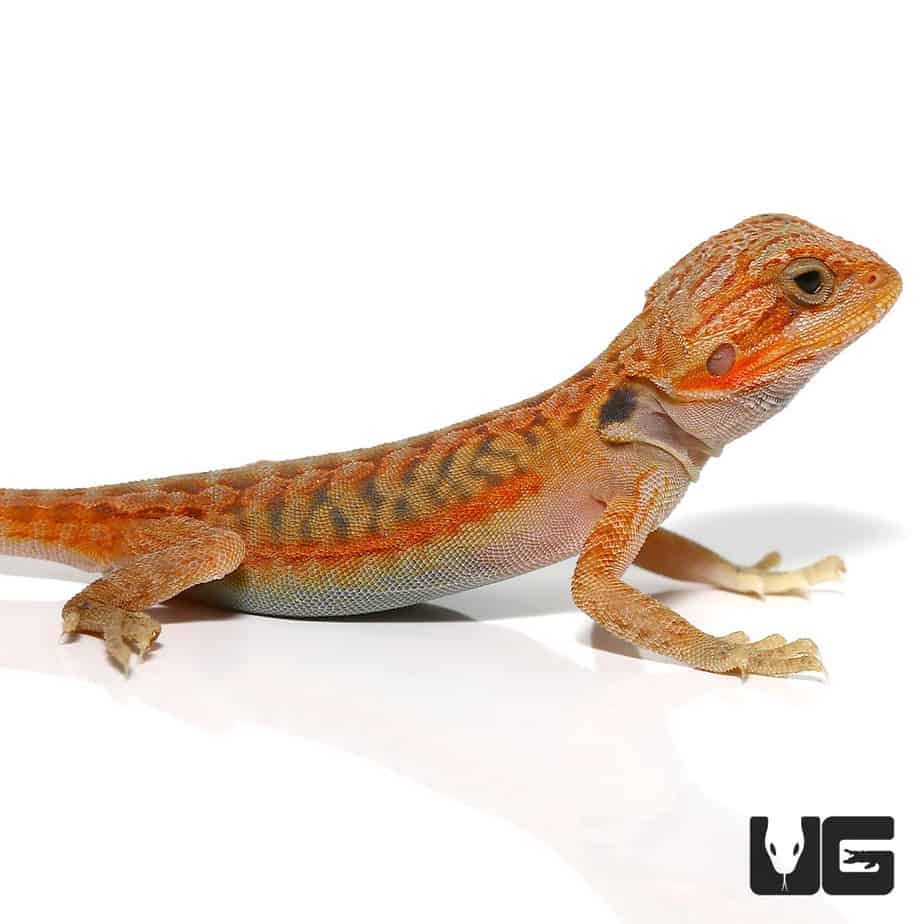

- #Hypo translucent leatherback bearded dragon how to
- #Hypo translucent leatherback bearded dragon skin
- #Hypo translucent leatherback bearded dragon full
And interestingly, plenty of breeders have told us they feel the same way. In fact, some of our trans pairings produce some of our best offspring. We couldn't find any data at all to justify the idea that two trans dragons produce offspring that have more health issues than other dragons at any stage of life. The data confirmed what we had already seen: That our trans pairings produce strong, healthy hatchlings, that grow up into strong, healthy, fertile adults, who also go on to produce strong healthy hatchlings. And we included enough pairings in the study to provide statistically significant results. We compared the dragons that we produced from trans pairings, to trans dragons that we produced from other pairings. The only solution to a problem like this is to have real data to separate the facts from the myths. The trans gene is now one of the oldest of the mutations, and has long since spread to every corner of the gene pool. That project was eventually abandoned by breeders because those dragons did indeed have health issues.
#Hypo translucent leatherback bearded dragon full
There was a point many years ago when trans dragons were being overbred to produce dragons with a full body blue or purple tint. But it has been repeated so many times that it is only natural that many people believe it is true. The often repeated myth is that if two trans dragons mate, the offspring will be weak, sickly, or have any one of a long list of health problems as juveniles, or appearing only when they become adults. Just about every health issue imaginable has been wrongly blamed on the trans gene with zero data to backup these claims. Today the internet is filled with out of control myths and gossip about the trans gene. The presence of other genes can effect the expression of a mutation, but there is no mutation that is 'partial trans'.Ī final word on trans dragons. An animal is A-typical if it expresses one of these mutations, but not in the perfect, standard way. With any of the mutations discussed in this article, there are A-typical examples. A dragon that is homozygous (received the trait from both of its parents) for the translucent mutation is trans regardless of the exact appearance of its eyes. There is no such thing as a partially trans dragon. This is a misunderstanding of the genetics and only creates confusion. Sometimes the term ‘partial trans’ is used to describe dragons that do not have fully black eyes.
#Hypo translucent leatherback bearded dragon skin
The exact reason why the trans mutation causes these changes to skin and eye color are unknown. Their eyes may then darken again, and continue to change back and forth until settling on a final appearance. Over a period of a few days their eyes can change from solid black to looking completely normal. The eyes of trans dragons can also change dramatically as they mature. The hypo trait also helps to reduce the amount of melanin in their scales so that other colors appear more vibrant. Hypo bearded dragons have clear nails without the usual brown stripe of melanin running down the top of each nail. If it receives the trait from only one parent then it will only carry the trait and will not have any of the visual signs. Recessive means that the dragon will only display the visual signs of the trait if it receives that trait from both of its parents.

The hypo trait in bearded dragons is a recessive mutation that causes the dragon to produce less melanin. Melanin can take several different chemical forms, which each have their own unique color, but it is usually brown or black (it can also be red, but don't worry about that). Melanin is a pigment that is found all throughout the animal kingdom. Hypo is short for hypomelanism, which literally means “less melanin”. What terminology we do use is defined in basic terms. So you won't find any complex genetic terminology here. This knowledge is also essential to fully appreciate these reptiles.
#Hypo translucent leatherback bearded dragon how to
Only by learning what each mutation means and how to identify them, can you protect yourself from breeders that mislabel their animals. The mutations discussed in this article all produce interesting visual changes to the bearded dragon's basic appearance. Other times they are used to be intentionally misleading.Ī mutation is a change that occurs within DNA that can then be passed down to future generations. Some of these terms result from misunderstanding of bearded dragon genetics. I will also tell you about the terms that some breeders use that are only confusing or misleading. All of the discovered mutations are covered. In this article I will show you exactly what each of these mutations are, and how to identify them. The complete Guide To Bearded Dragon Mutations and genetic traitsĪ large number of mutations have been discovered that effect a bearded dragons appearance.


 0 kommentar(er)
0 kommentar(er)
